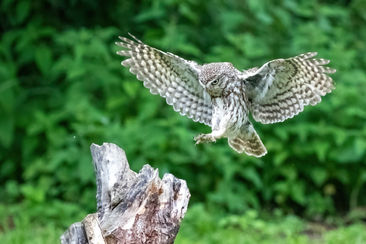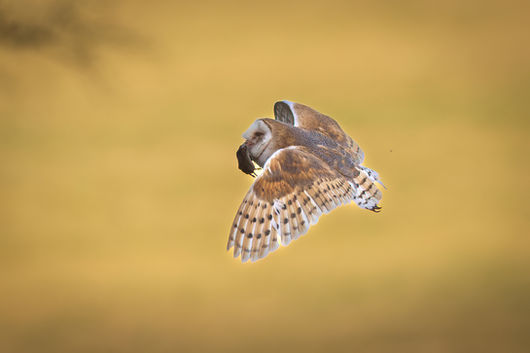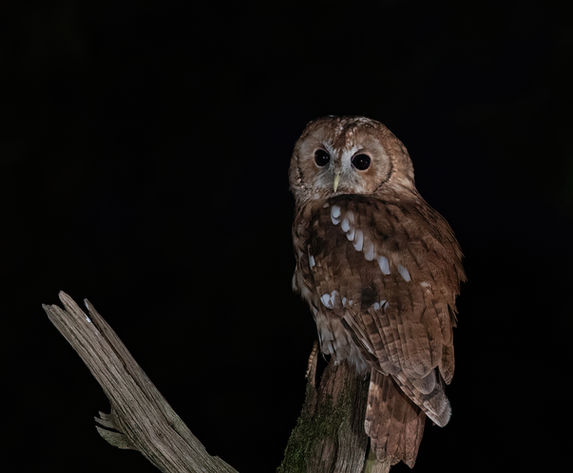Kingfishers
OWLS
Little owls
Barn Owls
Short eared owls
Tawny owls
Kestrels
Foxes
About the Wildlife
Kingfishers
Kingfishers are what sparked my passion for wildlife photography, They feed during daylight hours and their diet consists mainly of small fish, living on rivers, canals, lakes, reservoirs - anywhere where there is fish! They will roost in trees or where they feel safe overnight and will hunt from trees, sticks, bridges or anything that gives them a suitable place to sit and look down upon the water before diving in.
In the UK we only have one species of kingfisher, the common kingfisher and can be found all across the country all year round, with an estimated around 5000 pairs.
They are incredible birds to watch and photograph. Over my years doing wildlife photography I have enjoyed learning about their different habits and how these can change during different times of the year.
Little owls
Little owls are the UK/s smallest owl species and is also the most common owl species in the UK to be seen during daylight hours. They are active mainly at dawn, dusk and at night but can also be seen during the day, often sat basking in the sun warming up.
They hunt typically in areas of rough untreated grassland and meadows rich in small mammals like voles which their diet consists of. They can also feed of small birds, worms and Beatles.
Little owls live mainly in tree hollows, nest boxes and disused buildings and barns. Estimated to be around 3500 pairs across the UK, mainly living in the South and with fewer up toward Scotland.
Barn owls
Barn owls are found all across the UK with around 5000 breeding pairs. They are one of the most successful bird species in the world, breeding in every continent, expect Antartica. They can be seen at dawn and dusk and at nighttime, often when driving through countryside. However barn owls are rarely seen during the daytime but when they are it is typically because they have hungry chicks to feed or after rain showers as they cannot hunt in the rain. Barn owls will live in disused barns, owl boxes and tree hollows.
Like the little owl, barn owls hunt over areas of rough untreated grassland. Their diet consists mainly of voles and other small mammals. They will hunt by flying low over fields before catching its prey.
When barn owls hunt they mainly use their ears to do so. One ear is positioned slightly higher than the other. They can use the fraction of a second of time difference from the sound hitting each ear to be able to judge where its prey is.
Short eared owls
Short eared owls are an owl species found in the UK most commonly during the winter. During summer months they migrate to countries such as Scandinavia, Russia and Iceland where they breed.
Like the little owl the short eared owl can mainly be seen at dawn and dusk but also quite commonly seen hunting during the daytime too.
Short eared owls can roost in large groups of up to 30 owls or can often just be one owl dominating a territory. They can roost in the ground, in trees or in bushes and will hunt over rough grassland, meadows, wetland and marsh.
Tawny owls
Tawny owls are the most common owls species in the UK with an estimated 50,000 pairs across the country. They live most commonly in tree hollows but can also nest in owl boxes and old disused buildings and barns. Their habitat is mainly woodland.
The tawny owl will hunt almost always during the night but they are often spotted sitting high up in trees in the day time. They are very difficult to spot because they are well camouflaged.
Male tawny owls are the owl that makes the classic owl 'twit twoo' sound. Whereas the female tawny sounds completely different with a much higher pitch.
Tawny owls will hunt from trees and posts and feed off voles, mice and other small mammals.
Kestrels
Kestrels are a bird of prey found all across the UK with around 30,000 breeding pairs. They favour countryside but can also be seen in small parks and fields.
Kestrels typically hunt in areas of rough grassland rich In voles and other mammals which they feed on. They can often be seen when driving along roads, hunting on road verges beside fields and farm land.
Kestrels have an amazing hunting technique, They are able to hover in the air and keep their head completely stationary, even in strong winds, so they can spot their prey in the ground below before quickly diving.






































